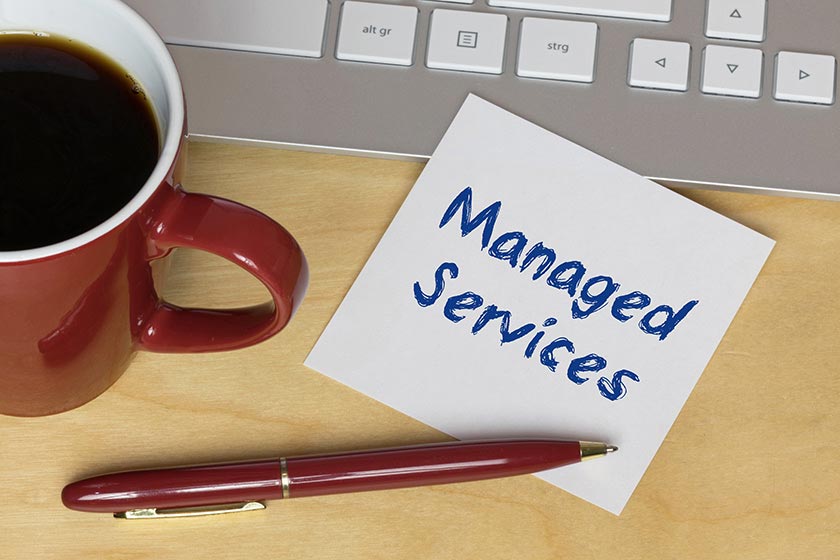If you’re a ModernMSP just starting out, or transforming from a traditional IT Solutions Provider (ITSP) model to a ModernMSP model, then each new cloud customer is critical to growing recurring revenue, building customer references, and gaining industry knowledge in your target market segments. Each new customer brings a long-term revenue stream that adds stability to your business. Most importantly, as you add profitable customers using an efficient sales and marketing process, you will be increasing your profitability—and that directly impacts the valuation investors will assign to your company.
If you are an established ModernMSP, you may be looking for growth capital to fund expansion or planning for the day when you sell your business and cash out. When that day comes, your valuation becomes the ultimate report card that determines your financing terms or the purchase price your business will command.
How can you maximize profitability and the valuation of your ModernMSP business?
There are two kinds of profitability to consider: gross profit and net profit. Gross profit is simply the amount of money generated by your managed service fees after subtracting the cost of service delivery. Over the years, ITSPs (ModernMSPs didn’t exist years ago) have spent a lot of time and effort maximizing their gross margins by wringing as much cost out of service delivery as possible. However, many make a big mistake…they believe that by maximizing their gross margins, they have maximized their profitability. The problem is that gross margin improvement is only half the battle.
In order to truly increase the valuation of your business, you need to maximize your net profits (the amount of money left over after you subtract all of your operating expenses from gross profit). Operating expenses include sales, marketing and administrative expenses, and must be funded by gross margin dollars. Generating a high gross profit only to give it back with high operating expenses is an exercise in futility. If your business produces high gross margins but you are still unable to realize healthy net margins, then you are probably suffering from a high cost of customer (COC) acquisition. But don’t worry…this is a curable condition.
What’s the cure for high customer acquisition cost?
Before you can cure a high customer acquisition cost, you first have to know how to measure it. After you learn how to measure it, you must monitor it. Then, and only then, can you manage your COC to a more reasonable cost level. Here’s how to measure your Cost of Customer Acquisition:
COC = (Total Selling Expense + Total Marketing Expense)/Gross Margin from New Customers
This calculation provides a standard metric for COC that divides the total monthly cost of acquiring new customers by the gross margin dollars generated by those new customers. Your Total Selling Expense includes the salaries, commissions, overhead, and departmental expenses for your outside sales reps, inside sales reps, and any other headcount in your sales organization. Total Marketing Expense includes the salaries, bonuses, and overhead for the marketing staff, as well as the program expenses for lead generation, branding, public relations and producing sales-enablement materials. Add up all of these expenses, determine the gross margin dollars from new customers produced during the same period, convert them to a monthly value, and input them into the formula above.
The result is a number that represents the number of months it will take to pay back your customer acquisition cost with gross margin dollars. The payback time should be in the range of six to a year. Sounds simple, doesn’t it? Nevertheless, it’s surprising how few ITSPs actually calculate their COC. Do you calculate your COC? If so, what’s the value of your COC? Is it within the range of 6 to 12 months? How often do you measure it? Is it trending up or down? What are the major cost elements? Are you taking steps to reduce those costs?
Knowing how to measure COC is just the first step in maximizing your valuation. The second step is to monitor your COC on a regular basis as one of the key performance metrics for your business. The third step (this is the hard part) is to manage your COC to a minimum value by creating an efficient and repeatable Go-To-Market model. Then, you must faithfully implement this model to scale up your business.

